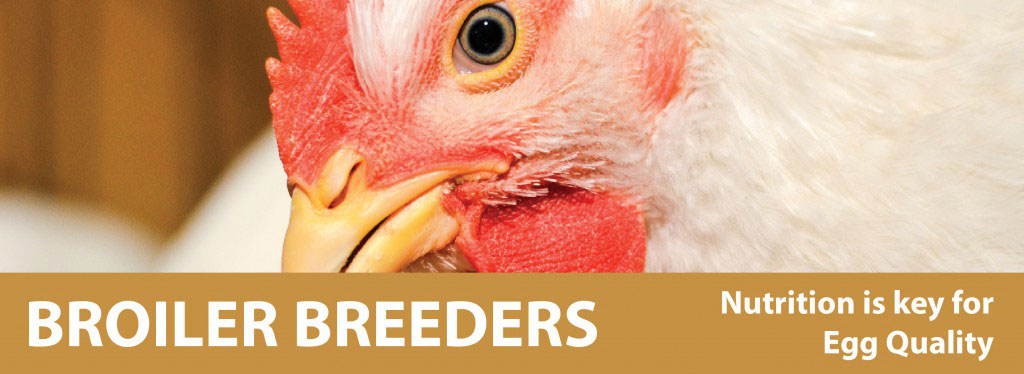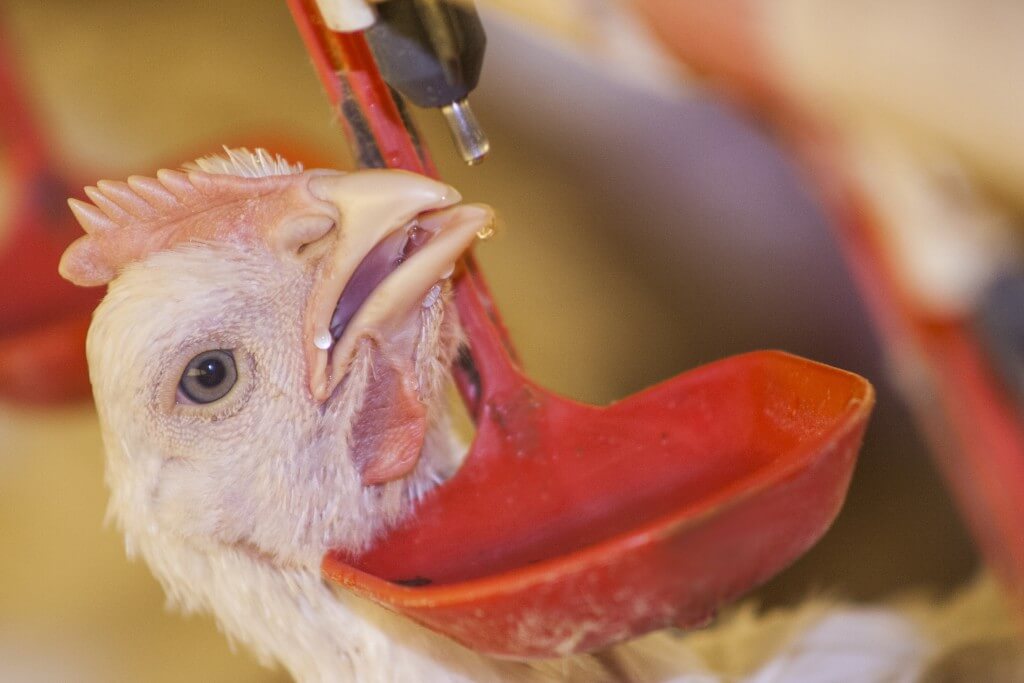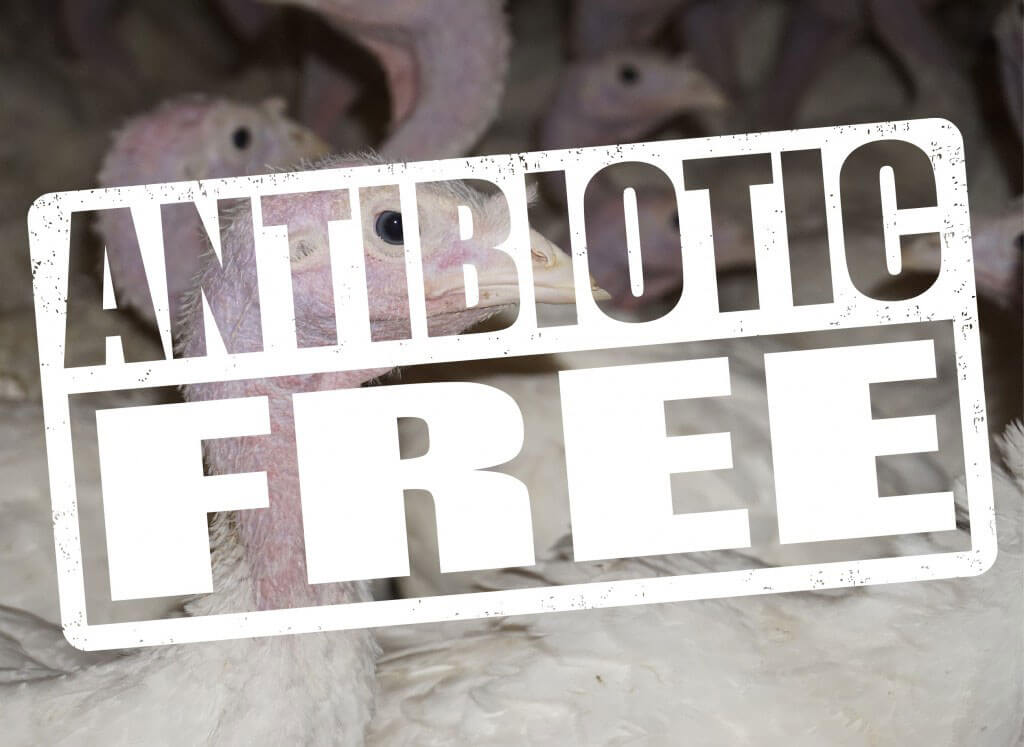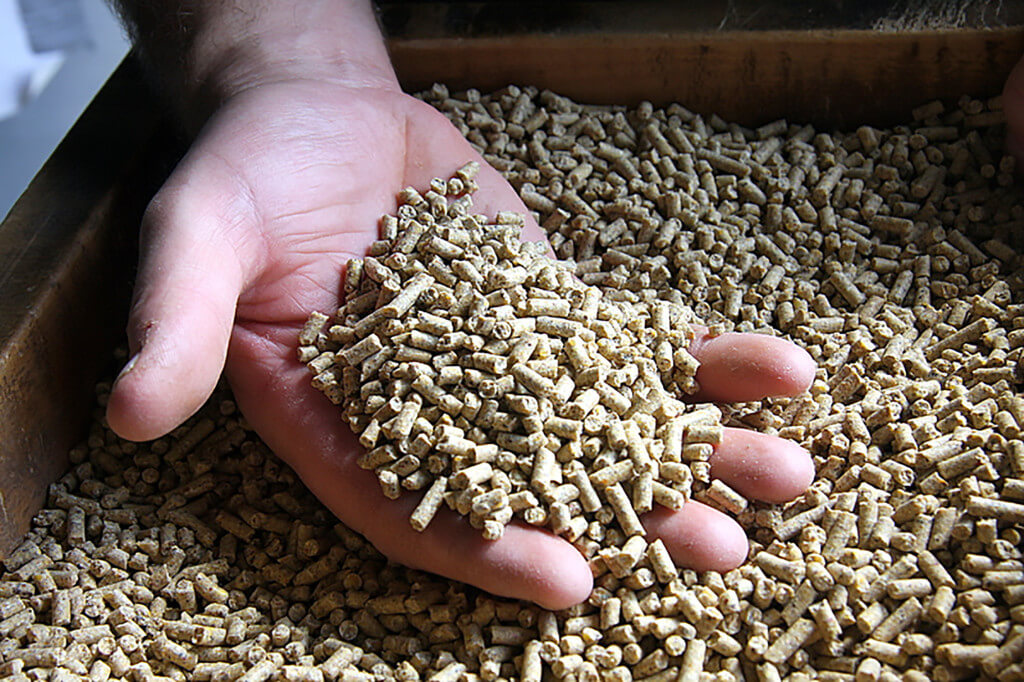
Producers are faced with the challenge of balancing the broiler breeder hen’s requirement for growth combined with the demands of the persistency of lay. It is critical to get hens off to a good start while managing feed and weight throughout rearing. Body weight and uniformity are critical pieces of information needed throughout rearing to manage feed amounts which in turn support the changes in the developing pullet.
As the hens reach sexual maturity we want to make sure that the timing of lighting and the transition on to layer feed matches body weight and uniformity for the majority of the hens. It is very important that producers communicate with their Feed Specialist during this sensitive time as this transition combined with lighting and timing of higher calcium layer feed are all serious decisions that hinge heavily on what you know about your pullet. Information and communication leading up to these events are of utmost importance.
Ultimate Goal for Fertilized Egg Quality
There are many factors involved in getting fertilized eggs and maximizing hatchability. Consistency is the key! We want to provide birds with consistent, well balanced feed every single load. Maintaining shell quality right to the end will help maximize hatchability. A balanced diet with extra calcium and vitamin D will ensure a low number of cracks and a higher hatch.
Males are often the forgotten factor and it is important to provide the right number of males at the right time! A uniform group of the correct number of quality males is the first step in producing a fertile hatching egg. Maintaining a healthy male with ideal body weights are the keys in the ability of the male to perform in this highly competitive environment.
The first spike of new males should be a calendar decision and should take place before the hatch starts to drop. A second spike may be necessary if a drop in hatch is related to fertility.
They also need to be fed. Often times we underfeed males as we think they are gaining too much weight. However they do need to be fed in order to provide them with energy to mate hens. If they are busy working, they won’t just gain weight.
Phase Feeding
New Life Mills is pleased to offer breeder producers a consistent and carefully balanced phase feeding program that is designed to match the needs of the bird at every stage. This program offers producers feeds that are balanced to work in conjunction with feeding amounts to maintain production while controlling egg size. Phase feeding works by dropping protein and maintaining energy. This works well in that the hen is receiving adequate nutrients for maintenance and production without the issues that come with over feeding protein (i.e. increased egg size). This becomes an important tool when used in combination with decreasing feed amounts.



